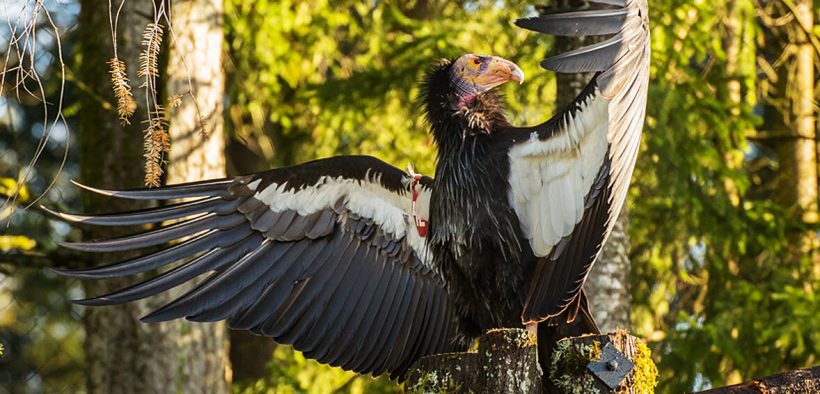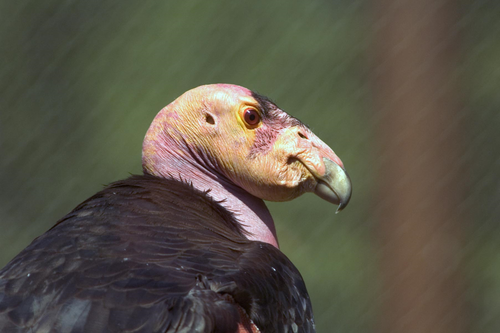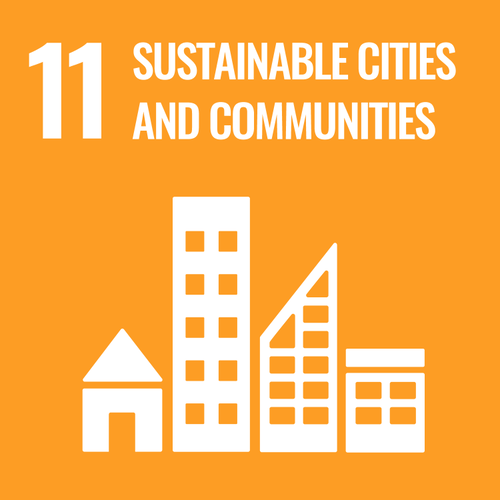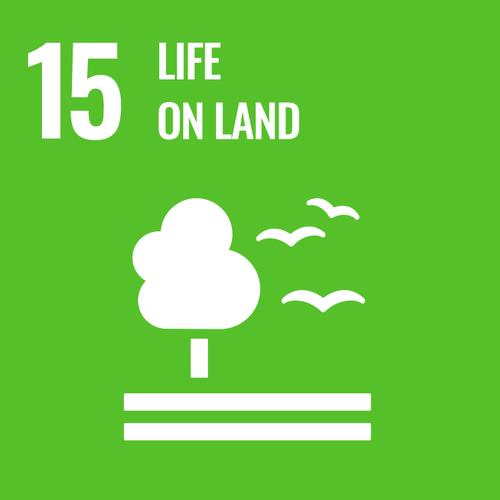The Endangered California Condor: The Avangrid Foundation Supports a Success Story in the Making
Share

Have you ever seen a California condor?
They’re the largest land-birds in North America. These amazing creatures have wingspans of almost 10 feet and weigh up to 26 pounds.
Sadly, they’re also critically endangered. The condor population dwindled to just 27 in the mid-1980s due to habitat loss, poaching, and lead poisoning. The U.S. Fish and Wildlife Service began an aggressive recovery program in 1987: wild condors were brought under human care at the Los Angeles Zoo and San Diego Wild Animal Park to support their breeding and recovery.

Today, a coalition of more than 15 regional governments and nonprofits work together to grow the condor population. These organizations manage a network of condor recovery facilities across western North America where birds can reproduce and care for their young in a protected environment.
The location of these centers is kept top secret to ensure that the birds aren’t disturbed. But, thanks to these efforts, the condor population has slowly rebounded. Today, there are over 500 condors, with most of them flying free.
The Oregon Zoo manages one of these recovery centers, located in northwest Oregon. The center supports condor reproduction in a protected environment, supervised and managed by a team of wildlife biologists.
Avangrid Renewables is a corporate partner of the Oregon Zoo and is proud to support the efforts of organizations working to conserve and protect wildlife. And in 2019, we were excited to deepen our relationship with the Oregon Zoo even further.
The Avangrid Foundation, in collaboration with Avangrid Renewables, awarded the zoo a $50,000 grant to fund improvements that will expand their ability to care for condors and nestlings. The Avangrid Foundation is mission-driven to support biodiversity, with the protection of avifauna as a primary focus. The grant will support the purchase of a new freezer to store food for the condors in residence. A new, larger freezer will increase the amount of food the zoo can accept and ensure a stable food supply for condors in their care.
Last fall, a group of Avangrid Renewables staff had the opportunity to visit the Oregon Zoo’s recovery center in northwest Oregon. Staff toured the nursery, where a team of biologists closely monitor the birds’ health and tend to eggs and nestlings.
They also observed the enclosed pens where chicks are raised by nesting pairs of adult condors and prepared for release into the wild. Those who visited left both inspired and hopeful for the condor’s future.
When European colonists arrived in North America, condors were found from the Baja Peninsula up into British Columbia and as far inland as the Grand Canyon. While they have been reintroduced into the wild thanks to the efforts of the U.S. Fish and Wildlife Service Condor Recovery Program, they are currently only found in a small portion of their historical range.
But, with new policies limiting the use of lead ammunition (in California) and the diligent efforts of organizations such as the Oregon Zoo, there is much reason for hope that condors will slowly but surely return to the skies above the western United States.
Learn more about the condors here: https://www.oregonzoo.org/discover/animals/california-condor
The Avangrid Foundation is dedicated to supporting environmental conservation and recovery in line with the United Nations’ Sustainable Development Goals:




